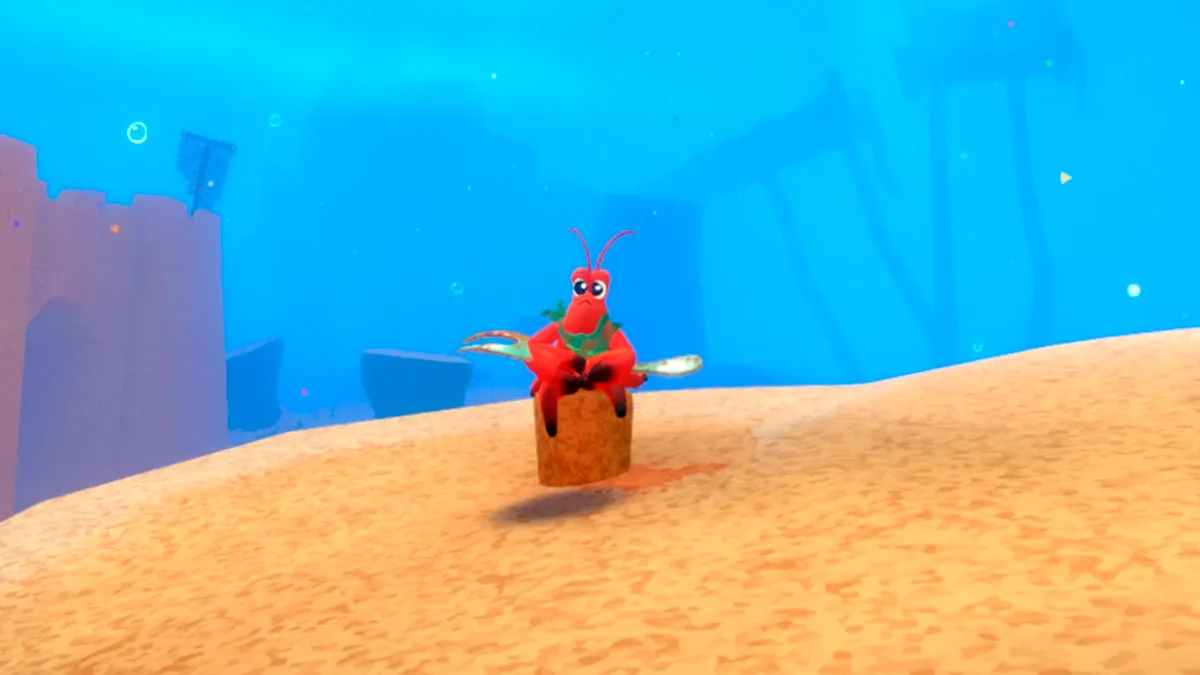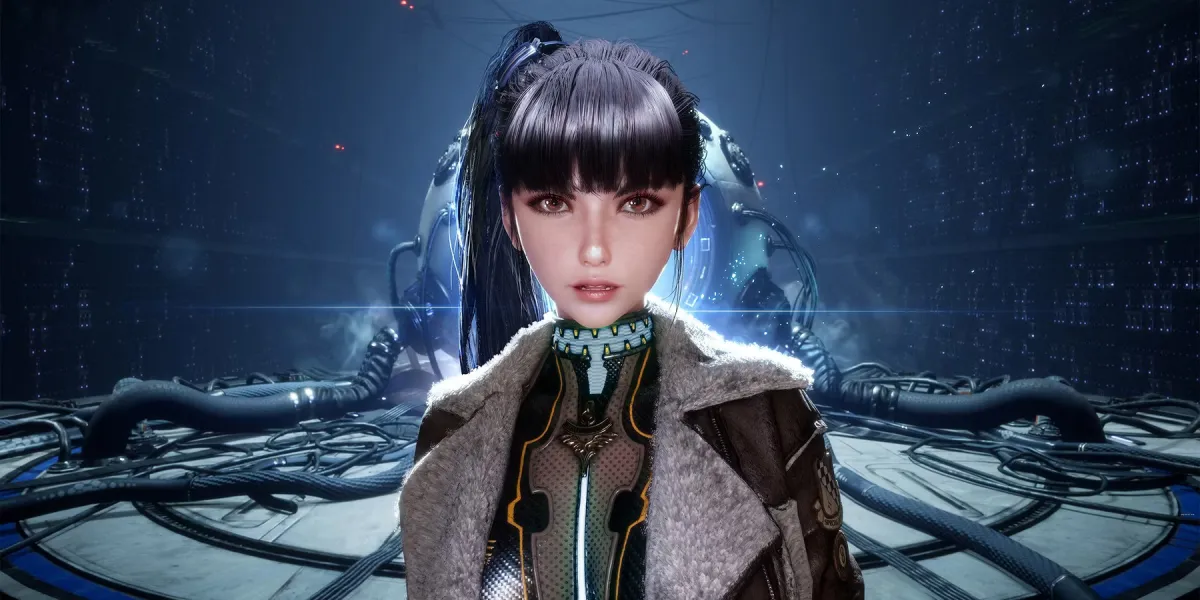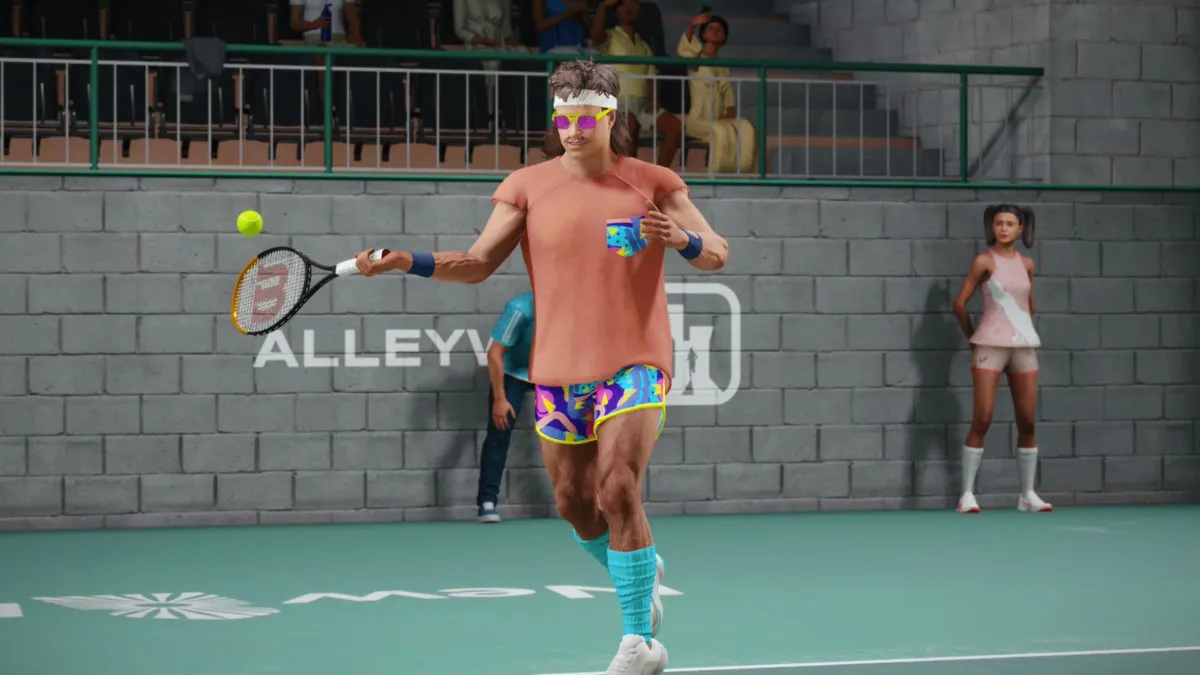Back in the long-forgotten days of 1991, Street Fighter II was a revolution, instrumental in creating the fighting game as we know it today. SF2 didn’t break the mold, it was the mold for its successors – however, even as the genre continued to grow, it wouldn’t ever quite match the high-mark of Capcom’s groundbreaking fighter. Though beloved by the hardcore, Street Fighter III barely registered with the “mainstream” public. With the slow demise of the arcade scene here in the West, it seemed that in recent years, fighting games – especially 2D fighters – were curiosities; ancient, lumbering beasts on their way to extinction. When was the last time you could honestly imagine a fighter taking home a Game of the Year award?
Enter Street Fighter IV, and suddenly, everything is starting to feel … different, somehow. We’ve come full circle.
Street Fighter IV feels like Capcom decided to take a long and thorough look at what made its legendary predecessor such a runaway success almost two decades ago and transpose that essence to the modern, next-generation era with almost mathematical precision. Assuming that was indeed what they were trying to do, they’ve succeeded with flying colors.
Speaking of colors, one of the first things anyone will notice about SF4 – something that any review of the game would be remiss not to mention – is that it is drop-dead gorgeous. The game is bright and colorful, particularly when it comes to the iconic special moves the series is known for – the Hadoken has never looked quite so good. The character animations themselves are fluid and natural, and it really is impressive how often I watched characters exchange blows onscreen and found myself thinking that it looked choreographed, rather than controlled. It’s the little touches that really tie the visuals together, though, with particular acclaim going towards the characters’ facial expressions: If Guile is about to find himself on the receiving end of Ryu’s Metsu-Hadoken, he damn well ought to look dismayed – and he does.
At its core, the gameplay remains essentially unchanged from the days of Street Fighter II. You still have three types of punches and three types of kicks, you still execute special moves with quarter-circle rolls and directional charges, and so on. Accessibility and ease of play is really the name of the game in SF4 – Capcom has made an effort to draw the non-hardcore to Street Fighter IV, and it pays off. Special moves are easier than ever to execute – though perhaps they might even be too easy: at times, I found myself pulling off a special technique that I hadn’t actually intended to do in the first place.
Rather than just make the game easier for everybody and leave it at that, though, Street Fighter IV actively tries to bring new players up to the level where they can hang with the big boys via Trial Mode. Trial Mode is essentially a tutorial on how to play the game competitively with any given character, starting with their basic attacks and specials, learning how they chain into each other, and finally teaching the player complex and powerful combos that put it all together. It’s certainly a welcome addition to the game that should help turn casual fighting game fans into, well, hardcore fighting game fans. Some of the more complicated attack strings are hard to pull off with a standard controller, though – if you really want to become an expert, it’s probably worth investing in an arcade stick.
Street Fighter IV has all the different gameplay modes you’d expect from a fighting game these days. In Arcade mode, you’ll take your character around the world beating people up before facing off with your rival and ultimately the game’s brutally-difficult final boss, Seth. Every character has anime-style cutscenes at the beginning and ending of Arcade mode, and while the stories they tell aren’t exactly War and Peace, it’s nice to have some context for elbow-dropping someone’s face.
A particularly nice touch is the option to activate a sort of virtual arcade: If you’re going through Arcade mode while online, anyone can challenge you to a match – sort of the Internet equivalent of walking up to somebody and putting your quarter into the machine. Rather than try to revitalize the dying arcade scene, Capcom has opted to let players bring the arcade feel home to their living rooms.
It’s difficult to sum up a game like Street Fighter IV. It might almost be easier to start by saying what the game isn’t: SF4 isn’t a game that will miraculously breathe life back into arcades. It isn’t anywhere close to being as groundbreaking as its older brother was before it. It does not innovate, and it does not experiment.
What Street Fighter IV is, is a success – a game that made me feel like I was a grade-schooler again, hammering the kick buttons so that Chun-Li would beat the crap out of some poor bystander’s car. It’s easy to pick up and intuitive to play, but it doesn’t settle for mere accessibility – rather, it aims to teach button-mashers how to actually become good at the game via Trial Mode. It is an evolution of the genre rather than a revolution, a refinement of everything that made Street Fighter II great, touched up by calligraphic brush strokes and splotches of ink.
Is it flawed? Certainly – unlocking all the characters by playing through Arcade Mode can be somewhat tedious, especially if you just want to sit down with friends and play winner-stays-on for a while. The music is forgettable, some of the English voices are simply awful (though the option to change voices from English to Japanese on a per-character basis is certainly welcome), and the loading times before battles can occasionally be a few seconds too long. Honestly, though, these feel more like nitpicks than anything else.
Imperfect though it might be, this just makes Street Fighter IV a slightly flawed gem, nothing less. If there is any game that could bring the fighter back to the limelight, this is the one.
Street Fighter is back.
Bottom Line: A visual treat, very easy to pick up and play – and thanks to Trial Mode, making the leap from newbie to expert is (relatively) painless. Despite its flaws, it’s a tremendous success, and one of the best fighting games we’ve seen in ages.
Recommendation: Did you grow up on Street Fighter II? Check it out. Do you like fighting games? Check it out. Do you think you might like fighting games? Check it out. Worth a rental at the very, very least – and for all the potential replay value, you might just want to go ahead and buy it.
John Funk still needs to practice more with Sagat and C.Viper before he’s ready to throw down with Jared and Keane.



